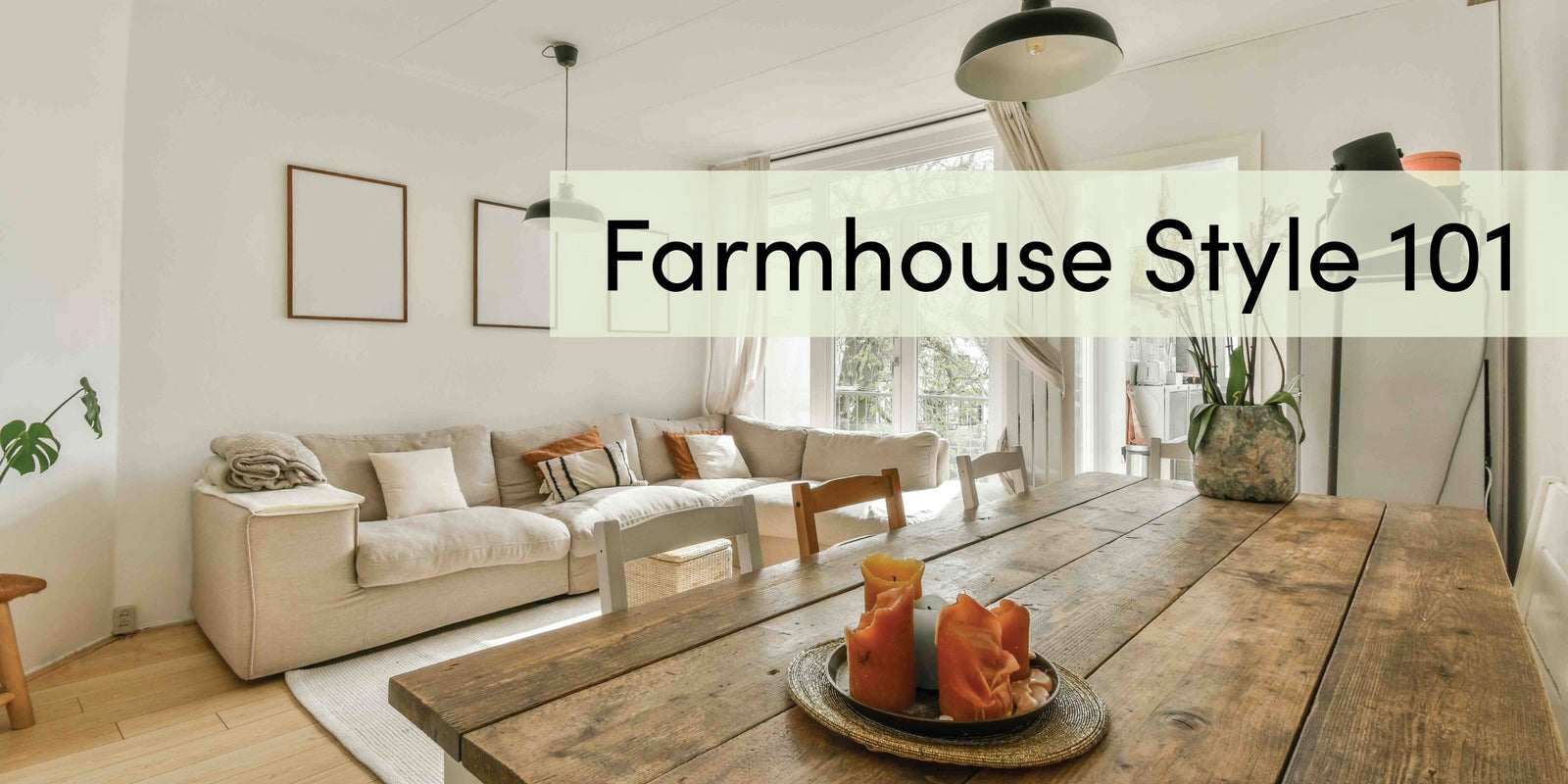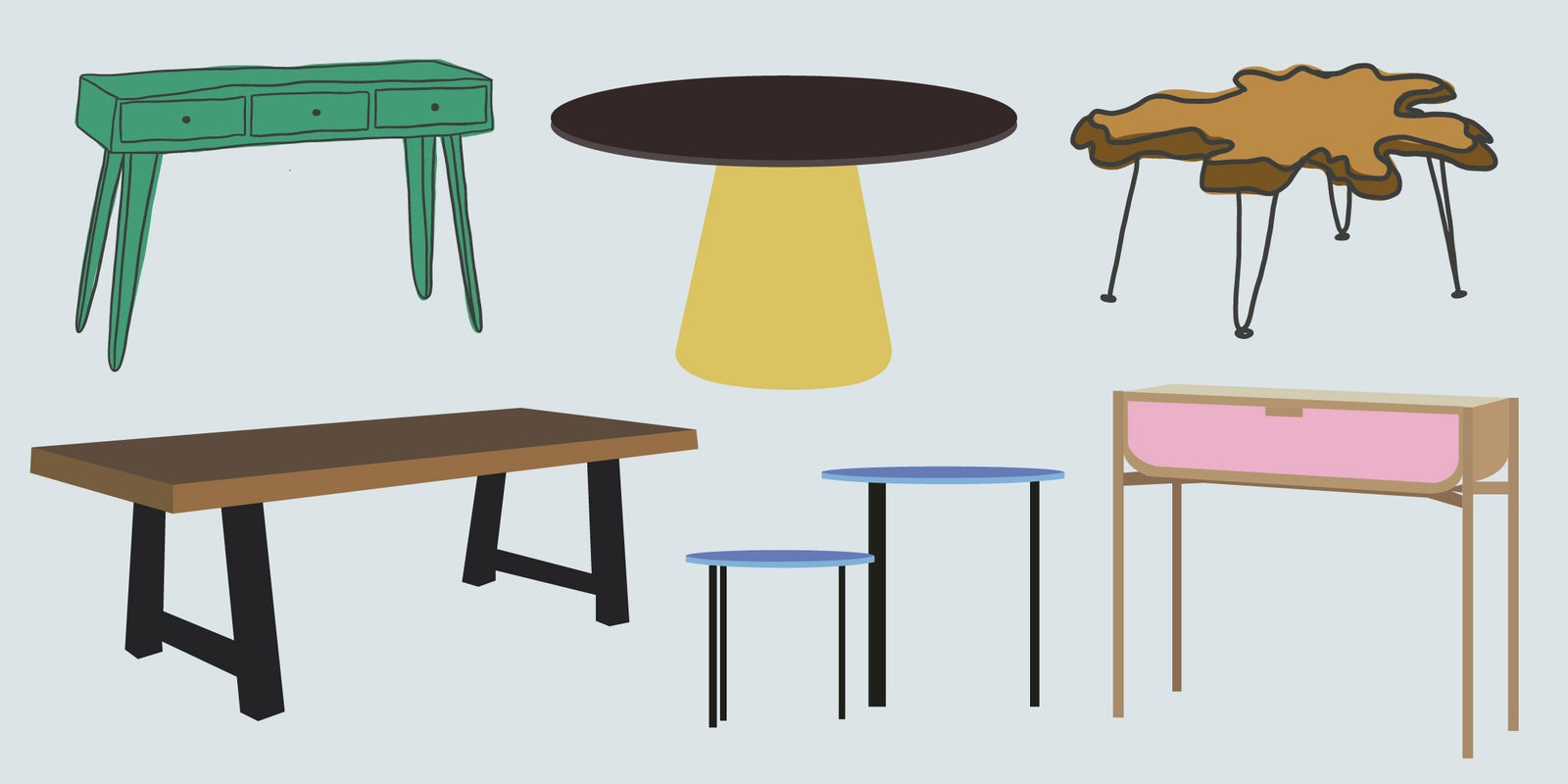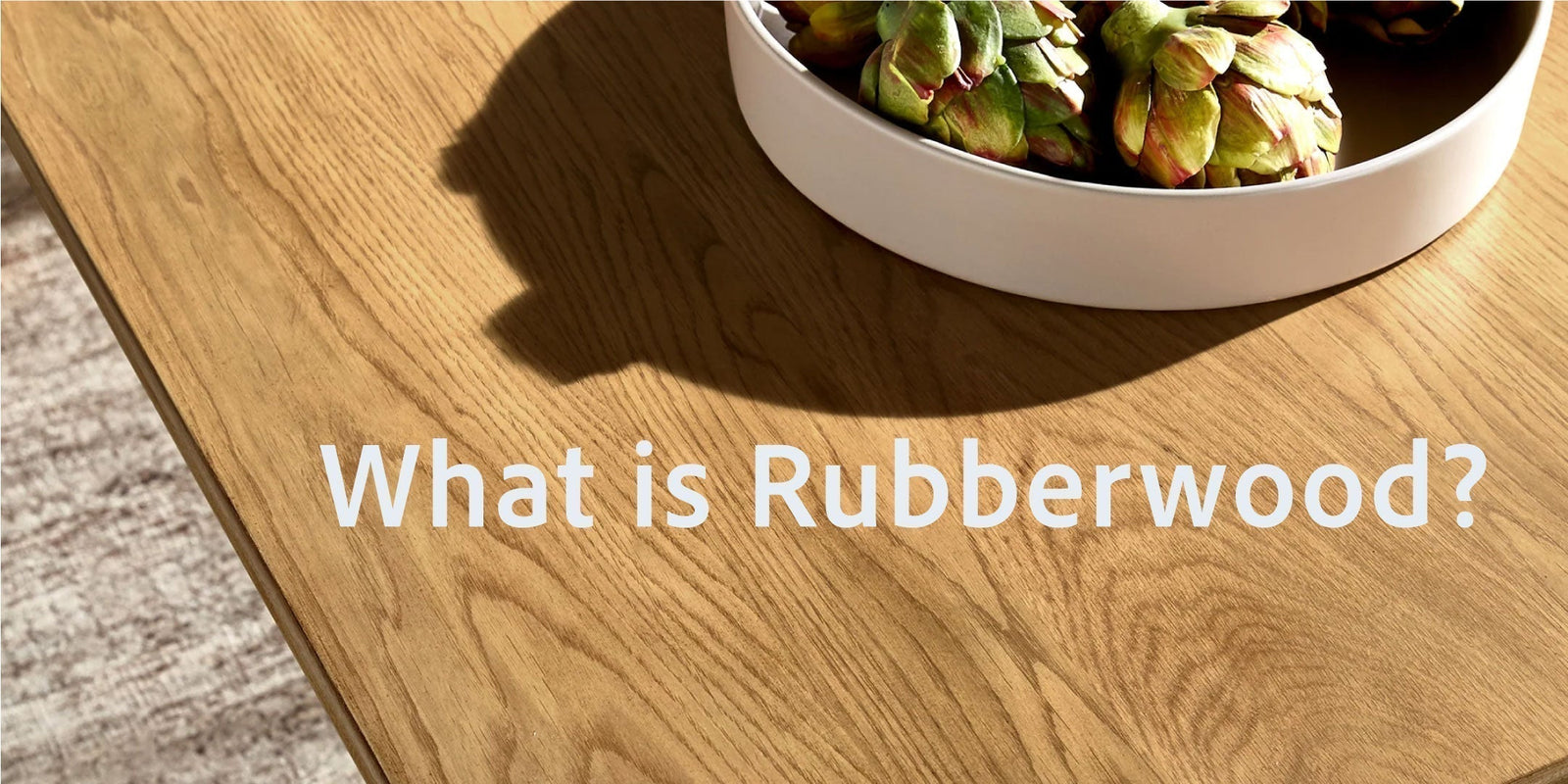Menu

0
Your Cart is Empty

Your Cart is Empty
by Maham Iftikhar Last Updated: March 14, 2025 March 08, 2025 6 min read
When it comes to designing the perfect bedroom space, there are many crucial aspects to consider. How tall a nightstand should be is one of them. The ideal nightstand height not only provides ergonomic comfort but also adds to the aesthetic value of the bedroom.
Even though determining the correct bedside table height is not rocket science, you still need to consider various factors, such as the height of your bed, thickness of your mattress, and ease-of-access during the night.

Ideally, the nightstand should be about the same height as the top of your mattress. This allows you to easily reach your smartphone, book, or other bedside essentials placed on top of the nightstand. The next best alternative height is 2-4 inches above your mattress.

Essentially, the nightstand should be a visual extension of your bed to enhance practicality and aesthetics. Many nightstands come with drawers or shelves, which can be accessed more easily if the top of your nightstand is even or slightly above the top of your mattress.

In some cases, a nightstand can be 1 to 2 inches below the top of the mattress. A panel bed with a box spring, paired with a thick mattress, often results in a very tall bed. In these scenarios, the top of even the tallest nightstand will often be below the top of the mattress. Although not ideal, this is expected and okay!
The average nightstand height falls between 22 to 28 inches. This is based on data collected over thousands of nightstands offered by our suppliers. More than 50% of all nightstands fall into this 22 to 28 inches range.
Over the years, modern platform beds featuring slats as their foundation have become increasingly popular. These beds allow you to place a mattress on top without the need for a box spring. This trend has led to a decrease in average bed heights, which has also led to a decrease in the average height of nightstands.
However, at the end of the day, you should still choose your nightstand height based on your specific bed and mattress setup - not based on average figures in the industry. The ideal nightstand height is always relative to your specific bedroom design.

As noted by interior designer Emily Henderson, "nothing worse than reaching over for a glass of water and having to crawl out of bed to try and find it on a super low nightstand. The same goes for one that is too tall that causes you to have to reach up and grab it."
In addition to considering the height to the top of your mattress, you might also want to consider the aesthetic of a taller/shorter nightstand relative to your headboard size, how easily you want to access the drawers/shelves included in your nightstand, and whether you want to place a table lamp on top.

Tall nightstands are nightstands with 28 to 30 inches or more in height. They are ideal for beds with extra-large headboards to match the visual impact of your bed. They're also perfect for beds using a thick mattress or a box spring.
The average mattress is about 10 to 12 inches thick, while a thicker mattress can be 14 to 16 inches high. The standard box spring measured 9 inches high, and even a low-profile box spring is around 5 inches thick. Choose a tall nightstand if you're using a thick mattress or a box spring.
Low nightstands are nightstands with 22 inches or less in height. They work best with low-profile platform and minimalist beds, as well as bed frames that don't have a headboard. If you plan to place a tall table lamp on top of your nightstand, you may consider a slightly shorter nightstand to compensate.
Feng shui is the art of creating balance and harmony in living spaces. According to feng shui principles of bedroom interior design, the nightstand should always be level with the top of the mattress.
Interestingly, if forced to choose between a nightstand that is slightly higher or lower than your mattress, feng shui prefers a nightstand that is lower. A nightstand height that is under 2 inches below the top of your mattress is acceptable. According to feng shui design specialist Marianne Gordon for Well+Good, "the nightstand itself should have rounded corners and should be lower than the level of the top of your mattress."
Additionally, you should always pair two nightstands with your bed - one on each side. This type of layout promotes peace and visual symmetry, allowing positive qi or energy to flow through your bedroom.
As mentioned earlier, the average height of a nightstand falls between 22 to 28 inches. The nightstands exceeding 28 to 30 inches in height belong to the tall nightstand category, while the low nightstands are below 22 inches.
The standard width of a nightstand measures between 18 to 24 inches. The nightstands measuring less than 16 to 18 inches in width are considered narrow nightstands, while those measuring over 24 to 26 inches in length are considered wide nightstands.
The standard depth of a nightstand measures between 16 to 20 inches.
For the most part, a small nightstand is one that is considered low and narrow, while a large nightstand is one that is tall and wide.

In general, nightstands and bedside tables are interchangeable, but there are still minor differences in size and storage features.
Nightstands come with storage features like drawers and shelves and are often both wider and deeper. They're great for bedrooms that need more surface space next to the bed or want concealed storage to keep certain items out-of-sight.
On the other hand, bedside tables never come with drawers and are essentially just end/side tables that are tall enough to match a bed. Their simple design makes them great for minimalist bedrooms that just need a tabletop. They are also more ornamental and aesthetically interesting, featuring pedestal bases or triangle-shaped tops that are not available in standard nightstand designs.
Let's explore a few key factors to determine the ideal nightstand height:
The surface of your nightstand can be used to place more than just your phone, laptop, and other essentials. It can be used to decorate with clever layering of books, bowls, candles, art, and even mirror. As suggested by Home by Alley, "The trick to a perfectly styled nightstand is always layers. Think smaller in the front and larger in the back." The larger and taller the objects on top, the lower your nightstand will likely be.
An average bed with a regular mattress reaches up to 24 inches from the floor. Thus, the ideal nightstand height for a regular bed should be between 24 to 28 inches. Beds with high headboards and slats blend well with taller nightstands, while minimalist and low-profile beds match well with short nightstands.
Tall nightstands are ideal for beds with mattresses measuring 12 to 16 inches thick. If your bed frame requires a box spring, you'll pretty much have to get a tall nightstand. Hybrid and pillow-top mattresses generally add to the height of the bed and require customized nightstands. If you're using a standard mattress measuring 8 to 12 inches with a modern platform bed, just stick to standard nightstands measuring 22 to 28 inches in height.
While determining the ideal nightstand height, a comfortable user experience should be the top priority. The ideal nightstand height should allow you to comfortably reach your phone, water bottle, bedside lamp, and alarm clock. You should also consider how many levels of drawers or shelves your nightstand has. The taller the nightstand, the easier you'll be able to reach the lower-level drawers and shelves.
The ideal nightstand height is the one that complements the size of the headboard and other bedroom furniture. Put simply, the bigger the bed, the wider the nightstand should be. The higher the bed frame, the taller the nightstand should be.
The ideal nightstand should also be in visual harmony with other furniture in the bedroom. For example, try to choose a nightstand height that complements the size of your dresser to achieve a cohesive look.
The nightstand height plays an essential part in defining the aesthetics and practicality of the bedroom. Make personal comfort the top priority, and then consider other key factors, such as your bed's specific style and mattress thickness, for the ideal nightstand selection. With that, happy decorating!
Comments will be approved before showing up.
Learn how to create a rustic and welcoming space with the timeless charm of farmhouse interior design. Learn the key characteristics, popular farmhouse style variations, furniture selection, proper color palette, and other farmhouse decorating tips.
Learn about various types of tables, from dining to end tables and console to nesting tables. Use our guide to find the perfect table for your space based on your functional needs, preferred style, room, and space constraints.
for interior design tips, exclusive sales, and new product releases



